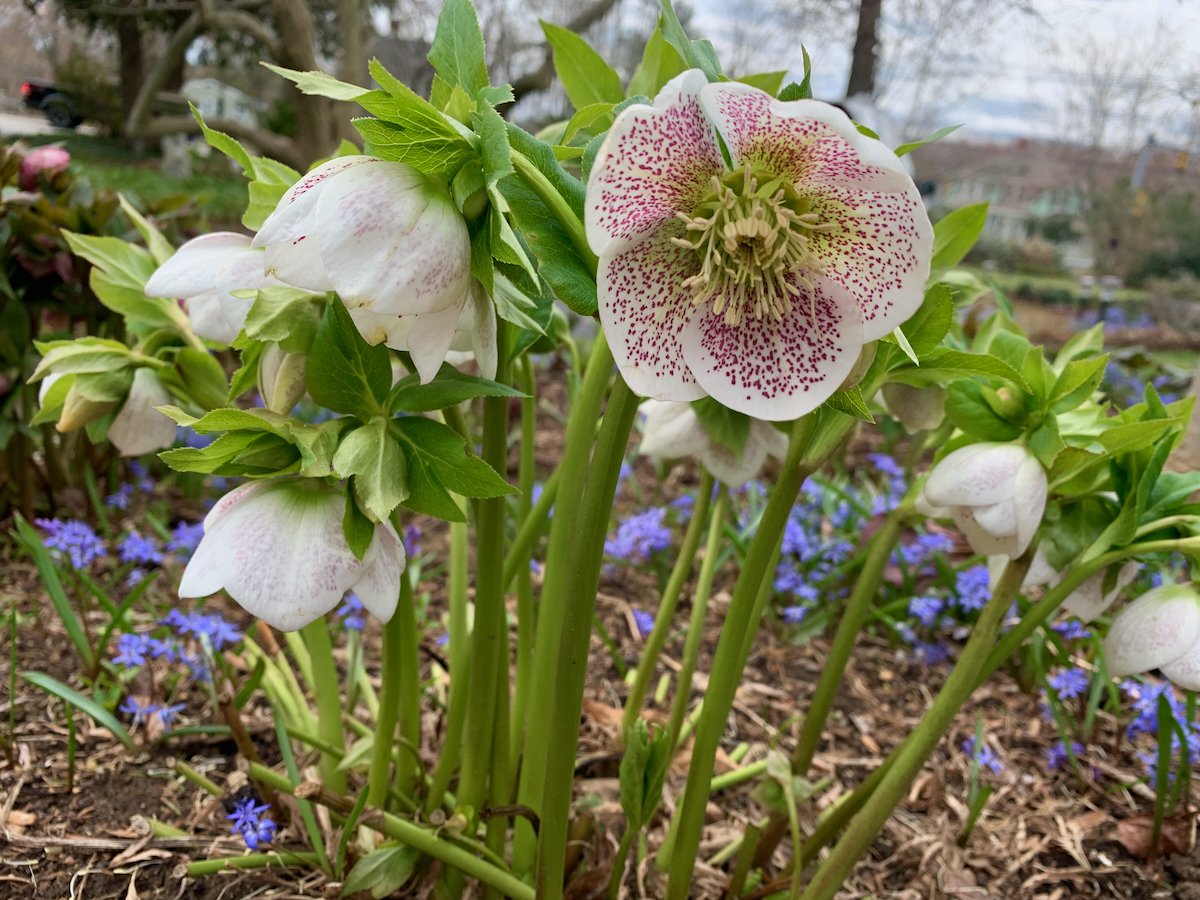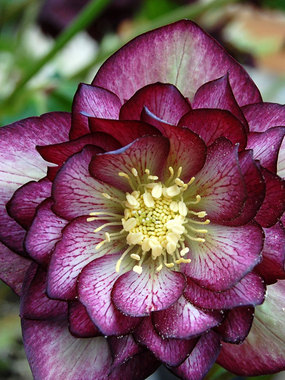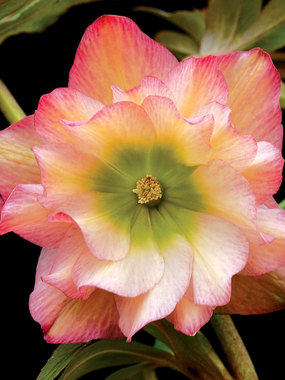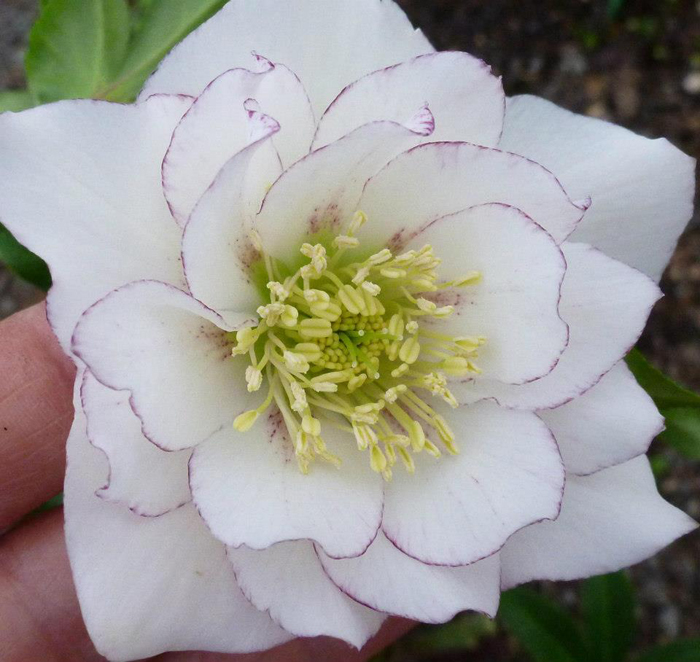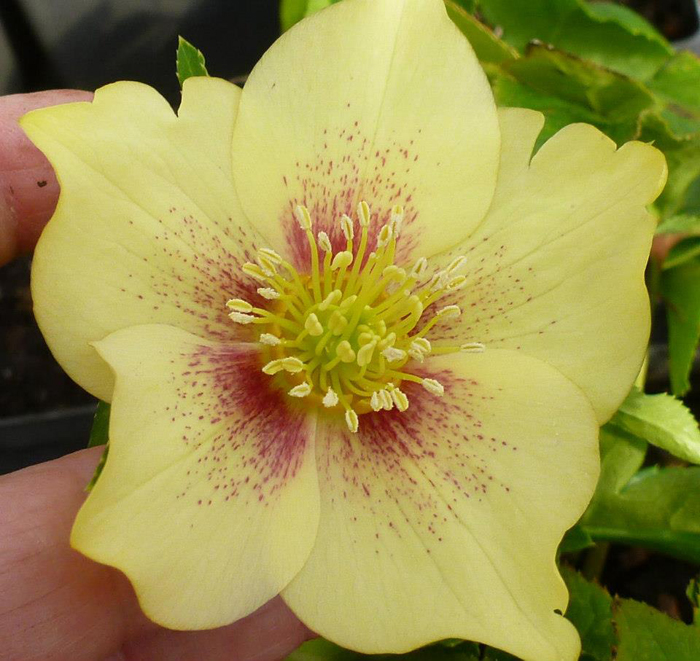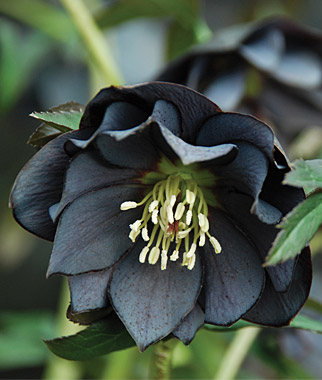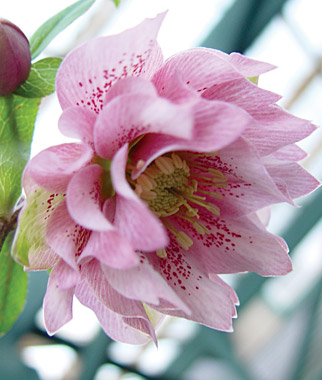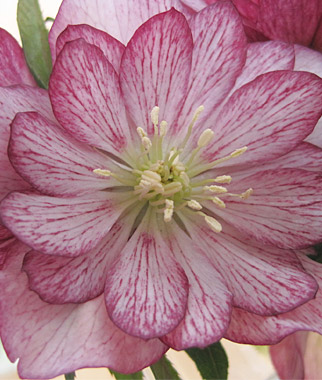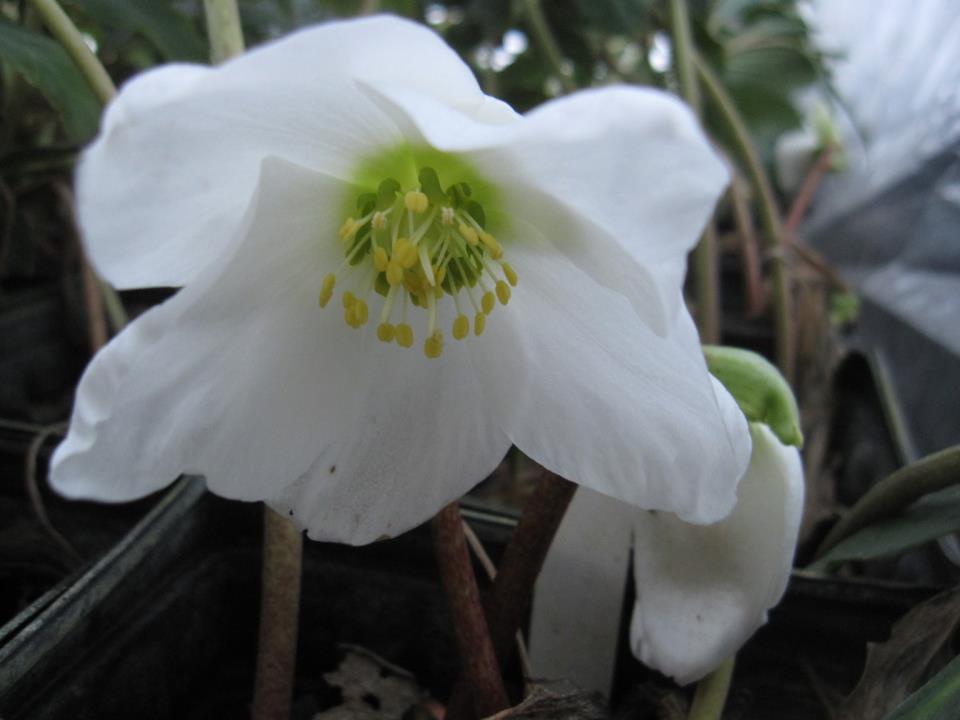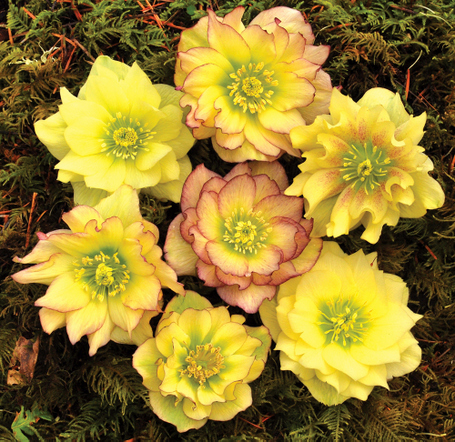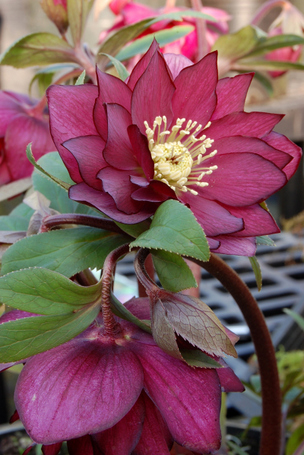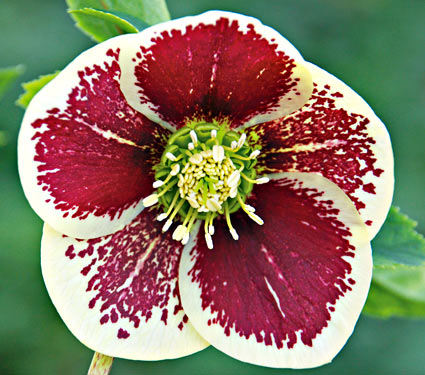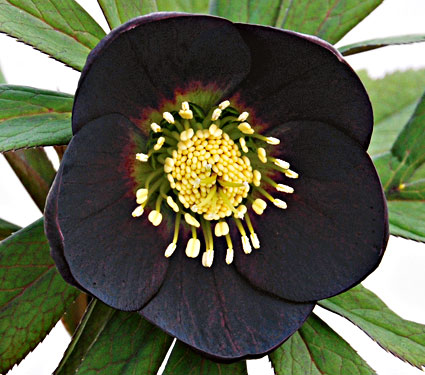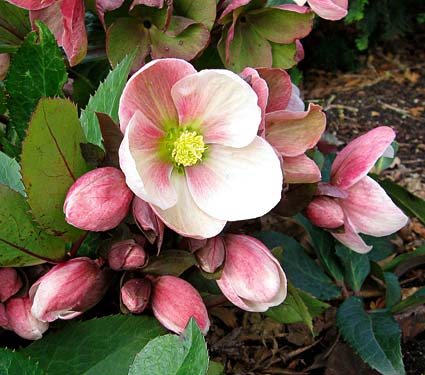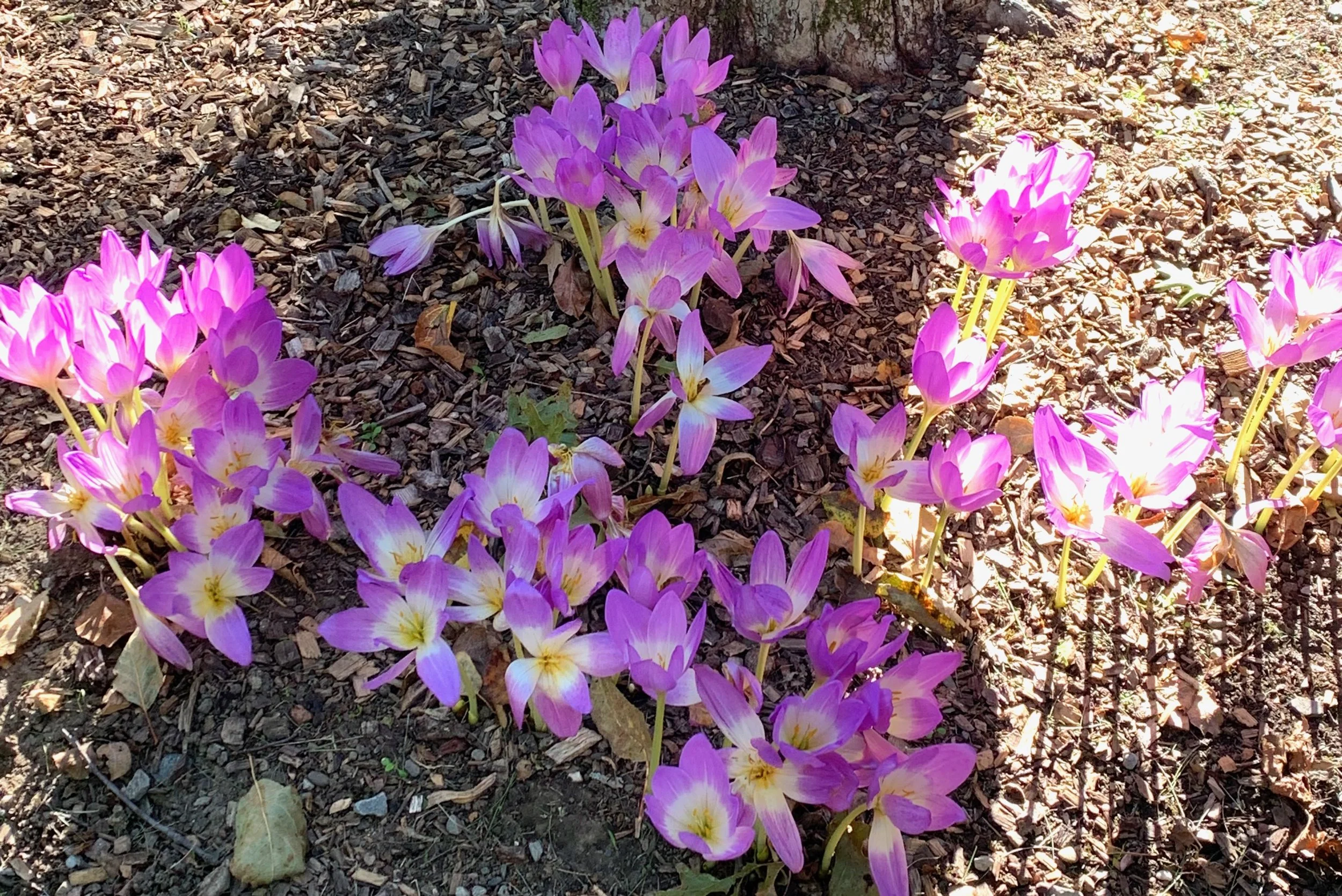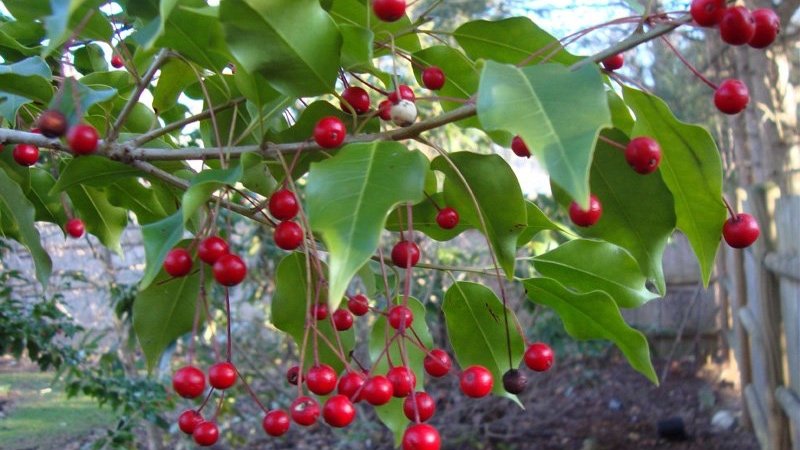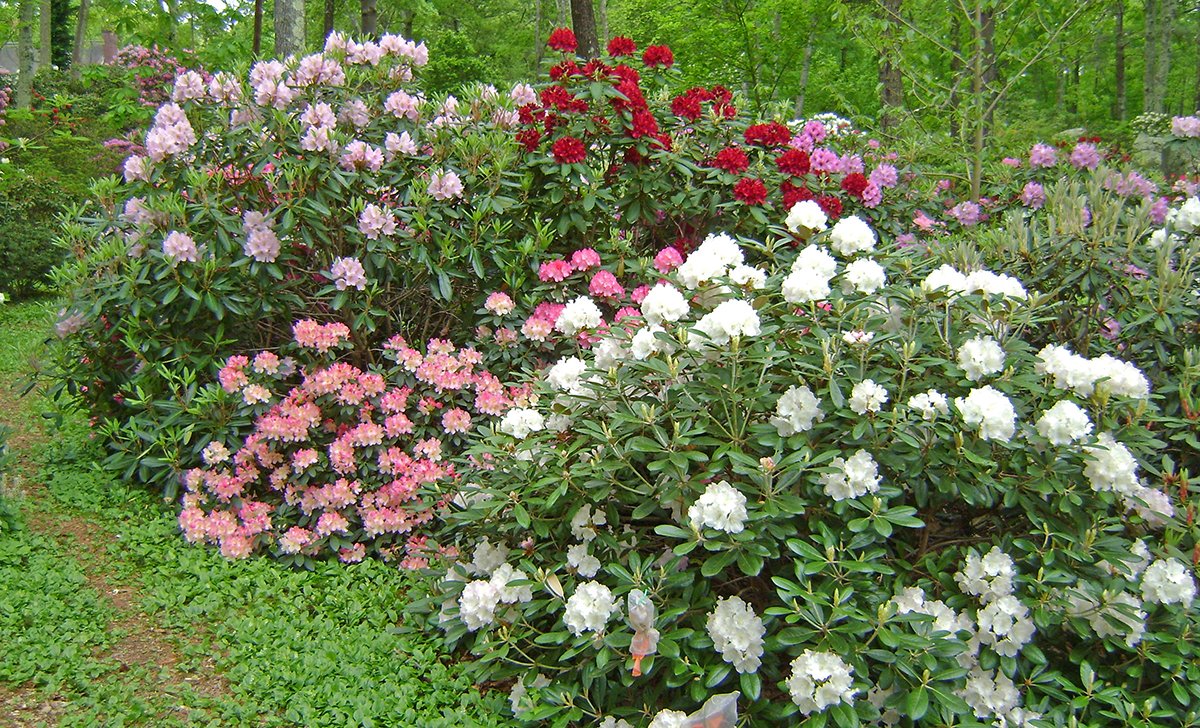Designing with Daylilies
/With such a wide array of flower colors, shapes, heights and sizes, daylilies are fun to collect and use throughout the garden. My own collection began with a mail order of three different pink varieties that arrived as tiny divisions and took many years to grow into sizable blooming plants.
Red and orange daylilies in my "hot color" perennial bed, accented by bee balm, perilla and daisies
Later I discovered Steve Green’s daylily sales in Sudbury, MA, and my daylily border was born. Now that my collection of daylilies has outgrown the border, I am looking for better ways to display them. Through trial and error in my own garden, and by visiting some outstanding display gardens, I have developed a few tips on showing off these beautiful perennials to best advantage.
Orange and yellow daylily backed by the blue oval leaves of Baptisia
When choosing a location for your daylilies, you may want to ask yourself a few questions:
1. Are you featuring daylilies as the main attraction or will they complement other plants?
Daylilies make stunning accents in the garden. A well-established daylily clump can produce as many as 400 blooms in just a single season, and can flower for 4-5 weeks. Daylily flowers light up the solid green mass of a spring-blooming shrub border and look terrific at the base of a large stone outcrop.
The maroon highlights on this peach daylily complement the 'Crimson Queen' japanese maple.
2. What colors will combine well with the other plants in the garden?
Resist the temptation to collect one of every daylily that's ever caught your eye. Limiting the number of daylily colors in a flower bed makes it more cohesive. Choose daylily colors that will either complement or contrast with the other flowers in your garden. And don’t forget foliage! Plants with maroon, blue, silver or gold foliage provide stunning color contrast for daylily blooms.
Soft pastels - peach daylily and creamy echinacea at Tower Hill
Maroon daylilies combine beautifully with a purple smoke bush.
3. What about texture?
Daylilies provide the strappy texture of their leaves and the bold, star-shape of their flowers. You can create texture contrast by using complementary plant with variegated foliage, feathery, needled or furry foliage for texture contrast, or oval and round foliage for shape contrast. Plants with daisy-shaped, spiky or tiny flowers also provide a textural contrast.
Pink daylilies against the feathery foliage of Hay Scented fern
Soft pennisteum blooms with peach daylilies
A striking contrast of blue Russian Sage and crimson daylilies
4. Is the planting intended to be admired from a distance or from close up?
The one lesson I've learned over and over again in planning gardens is that fewer varieties with more plants of each variety will provide greater impact of bloom and a better overall sense of harmony. This is particularly true if you’re viewing the garden from a distance. More plants are needed to create an impact.
A stunning mass of yellow daylilies with contrasting blue 'Rozanne' geranium and a gold conifer
5. What if you can’t resist new daylilies?
Mixed borders and dedicated daylily beds are great for accommodating impulse purchases or swaps with gardening friends. Just remember to provide a soothing background for such a busy border – an evergreen hedge or a large expanse of lawn balances the excitement of a colorful border.
Daylily Society border at Elm Bank






































































